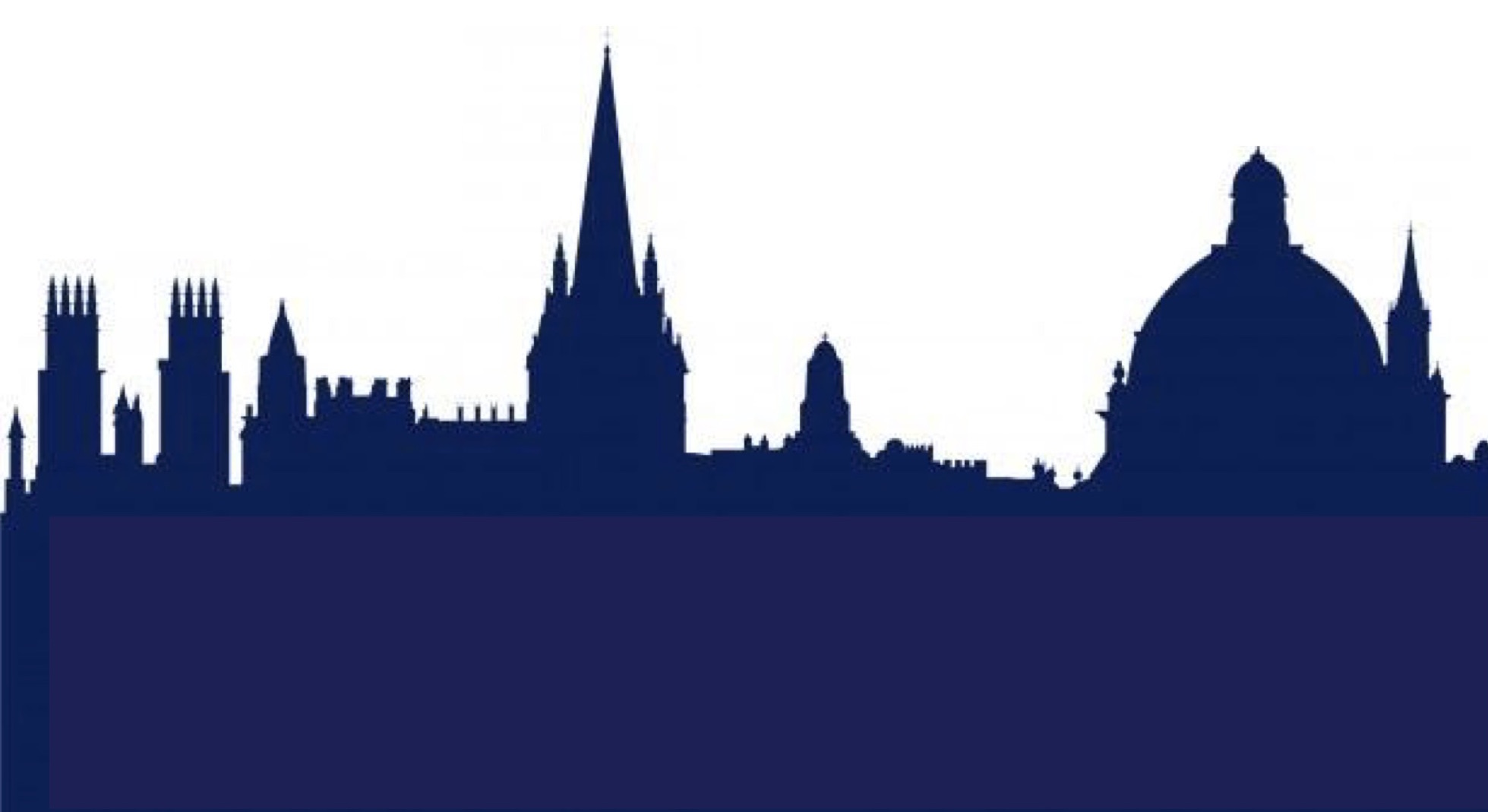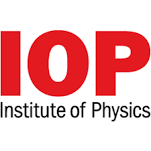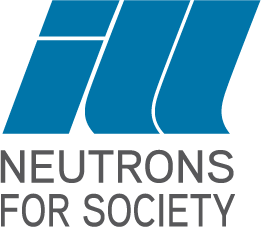18th Oxford School on Neutron Scattering
3 - 13 September 2024
An ideal introduction to the theory, techniques and
applications of neutron scattering

Home | News | About | Teaching materials | Programme | Application and Fees | Lecture Slides | Contact | Organisers | History
News
School Fees are now due.
The payment site has now been setup. Please see details here.
Application deadline extension and Release of Lecture Programme!
The deadline for applications is 30th April 2024.
The application form can be found here. Please see the Application section of the site for more information.
The school programme can be found here.
Applications are open!
We are pleased to announce that the applications for OSNS18 are now open. The deadline for applications is 30th April 2024 (was 15th). The application form can be found here. Please see the Application section of the site for more information.
Happy New Year!
We would like to announce that preparations are well underway for the next OSNS school, which is scheduled from the 3rd to the 13th of September 2024. The school will take place in person in Oxford, UK and we anticipate welcoming between 50 and 60 students from all over the world. The application portal will be open shortly.
About the School
The Oxford School on Neutron Scattering is intended for scientists and engineers who are new to the field of neutron scattering. Lectures and tutorials covering the theory and practice of neutron diffraction and spectroscopy are given by international experts. Students will gain a comprehensive grounding in modern techniques and applications at both continuous and pulsed neutron sources and have the opportunity to hear about the latest research being carried out with the technique.
Programme
The first week of the school introduces students to the core concepts of neutron scattering, neutron sources and instrumentation, neutron diffraction and spectroscopy. The second week splits tuition into three focused science areas, physics, chemistry and soft/bio, and provides lectures on neutron techniques and concepts which are most relevant to each area. Each lecture will be accompanied by a tutorial session. The students will be asked to make short presentations to their peers about their current research projects and work in pairs to write a beamtime proposal. The students will also have the opportunity to visit the ISIS Pulsed Neutron and Muon Facility in Didcot, and to attend a number of evening lectures from prestigious names from the neutron community. In addition, this year are providing an option maths refresher for those students who may want it.
Topics covered during the school include:
-
Neutron sources
-
Neutron instrumentation
-
Neutron scattering theory
-
Diffraction
-
Disordered Materials
-
Spectroscopy
-
Small angle scattering
-
Reflectometry
-
Spin-Echo
-
Engineering
The list of confirmed lecturers can be found here along with the Programme.
Application and Fees
School Fees: The school fees are now due. You can complete your payment of the fees here.
Application: To apply you will need to submit both a personal statement and a statement from your academic supervisor that will be used in the selection process. Applications should arrive no later than mid-night 30th April 2024.
To apply please visit the Application Form.
Fees: School fees for 2024 are £780 per residential student which includes the cost of an en-suite room during the school, breakfast and evening meals at St. Anne’s College, teaching materials, drinks reception and the gala dinner. There are 50 residential places available. There are also 10 non-residential places for students who do not require local accommodation, at a school fee of £200, which includes teaching materials, drinks reception and gala dinner. Fees will be payable once the names of successful applicants have been announced.
Further information
If you cannot find the information you need about the School on our website, please drop us an email a osns@stfc.ac.uk and we will try to answer your questions.
Organisers
Head of School
-
Ross Stewart (ISIS Neutron and Muon Source, UK)
Organising Committee
-
Andrew Boothroyd (University of Oxford, UK)
-
Lucy Clark (University of Birmingham, UK)
Andrew Seel (ISIS Neutron and Muon Source, UK)
-
Victoria Garcia Sakai (ISIS Neutron and Muon Source, UK)
Supported by
This document was last modified .
The Oxford School on Neutron Scattering website is hosted by ISIS at the Rutherford Appleton Laboratory.

